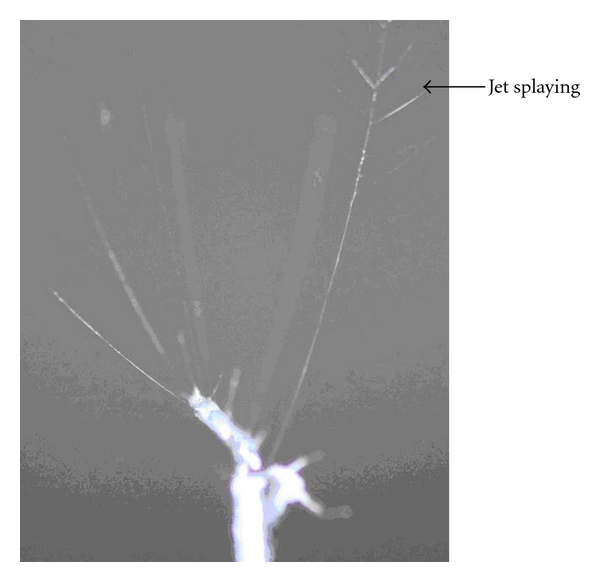▼ Reference
- Beachley V, Wen X. Effect of electrospinning parameters on the nanofiber diameter and length. Materials Science and Engineering C 2009; 29: 663.
- Chen S H, Chang Y, Lee K R, Lai J Y. A three-dimensional dual-layer nano/microfibrous structure of electrospun chitosan/poly(D,L-lactide) membrane for the improvement of cytocompatibility. Journal of Membrane Science 2014; 450: 224.
- Chowdhury M, Stylios G. Effect of Experimental Parameters on the Morphology of Electrospun Nylon 6 fibres. International Journal of Basic & Applied Sciences IJBAS-IJENS 2010;10: 70. Open Access
- Milleret V, Simona B, Neuenschwander P, Hall H. Tuning Electrospinning Parameters for Production of 3D-Fiber Fleeces with Increased Porosity for Soft Tissue Engineering Applications. European Cells and Materials 2011; 21: 286. Open Access
- Reneker DH, Kataphinan W, Theron A, Zussman E, Yarin AL. Nanofiber garlands of polycaprolactone by electrospinning. Polymer 2002;43:6785-94.
- Rodoplu D, Mutlu M. Effects of Electrospinning Setup and Process Parameters on Nanofiber Morphology Intended for the Modification of Quartz Crystal Microbalance Surfaces. Journal of Engineered Fibers and Fabrics 2012; 7: 118. Open Access
- Schoenmaker B, Van der Schueren L, Ceylan O, Clerck K. Electrospun Polyamide 4.6 Nanofibrous Nonwovens: Parameter Study and Characterization. Journal of Nanomaterials 2012; 860654. Open Access
- Shin J, Choi S J, Lee I, Youn D Y, Park C O, Lee J H, Tuller H L, Kim I D. Thin-Wall Assembled SnO 2 Fibers Functionalized by Catalytic Pt Nanoparticles and their Superior Exhaled-Breath-Sensing Properties for the Diagnosis of Diabetes. Adv. Funct. Mater. 2012; 23: 2357.
- Someshwararao M V,.Dubey R S,.Subbarao P S V, Singh S. Electrospinning Process Parameters Dependent Investigation of TiO2 Nanofibers. Results in Physics 2018 Article in press. Open Access Theron S A, Zussman E, Yarin A L. Experimental investigation of the governing parameters in the electrospinning of polymer solutions. Polymer 2004; 45: 2017.
- Thompson C J, Chase G G, Yarin A L, Reneker D H. Effects of parameters on nanofiber diameter determined from electrospinning model. Polymer 2007; 48: 6913.
- Veerabhadraiah A, Ramakrishna S, Angadi G, Venkatram M, Ananthapadmanabha V K, NarayanaRao N M H, Krishna Munishamaiah K. Development of polyvinyl acetate thin films by electrospinning for sensor applications. Appl Nanosci 2017 Article in press, Open Access
- Wang C, Chien H S, Yan K W, Hung C L, Hung K L, Tsai S J, Jhang H J. Correlation between processing parameters and microstructure of electrospun poly(D,L-lactic acid) nanofibers. Polymer 2009; 50: 6100.
- Zargham S, Bazgir S, Tavakoli A, Rashidi A S, Damerchely R. The Effect of Flow Rate on Morphology and Deposition Area of Electrospun Nylon 6 Nanofiber. Journal of Engineered Fibers and Fabrics 2012; 7: 42. Open Access
- Zhang C, Yuan X, Wu L, Han Y, Sheng J. Study on morphology of electrospun poly(vinyl alcohol) mats. European Polymer Journal 2005; 41: 423.
▼ Credit and Acknowledgement
Author
Wee-Eong TEO View profile
Email: weeeong@yahoo.com
 ElectrospinTech
ElectrospinTech

